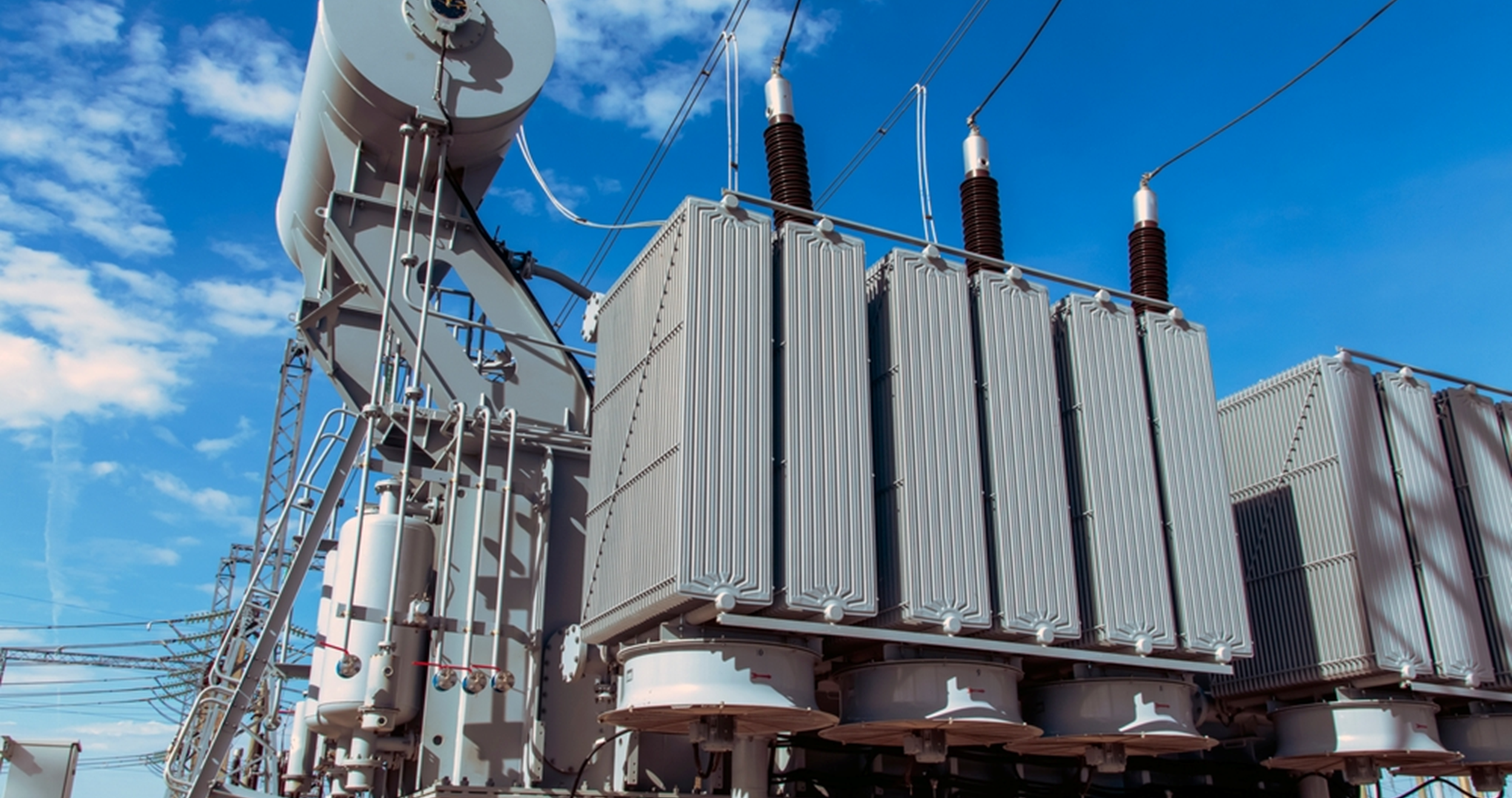Our recommendations
Last Update
26 June 2023
How streamlining the contracting process by the discoms to facilitate both state and corporate PPAs be an apt enabler to OA market for the country?
What shall be India’s starting point for energy transition?
The country’s power mix has been shaped by the need to serve growing power demand, which has grown by 488 million tons of oil equivalent (MTOE) or 110 percent in the past 20 years as the share of population with access to electricity grew from 59% to 99% in the last two decades. The surging power demand in India is met by the rise in the thermal power generation. These represent 45% of the country’s primary energy demand but adds to 70% of power sector emissions. India’s RE market has shown remarkable growth in past 5 years and the country has breached 100 GW capacity of RE in 2022.
One of the key aspect for India’s energy transition shall be the uptake of renewable energy. Clean energy project off-take in India is typically delayed by limitations in the voluntary and corporate PPA market which as of now represents a mere 2 GW volume which quantifies to a very small fraction of close to 10 GW deployed on annual basis from past 5-7 years in the country.
Streamlining contracting process through utility buy-in for RE PPA’s in India is a must
Currently in India more than 90% of the PPAs are under state DISCOMS: These PPAs are typically extending for a period of 20-25 years. Interestingly India is not power demand constrained, as large Indian corporates and MNCs are increasingly showing interests. Yet a very limited corporate PPA activity is observed in the country which is at large attributed to delays in regulatory approvals typically arising from utilities (DISCOM’s) conflict of interests, multiple complexities involved in transactions, and short-term agreement timelines which extends from 12-15 years. In terms of counterparty and contractual risk, renewables projects in India are subject to a significant amount of uncertainty related to project revenues. Unsigned PPAs alone account for 19 GW of renewable capacity in limbo.
Mr. Ravi Shekhar, Director & Head, of Eninrac Consulting says “Streamlining contracting process through utility buy-in for RE PPA’s in India is a must in the current pretext for the country. This shall have lasting impact in the uptake of RE and the market development through opening of more corporate PPAs and a flourishing OA transactions especially post GOAR. If it is done the cost increase and delays can be controlled for the participants. Potential solutions include tariff pooling—for example, every six months, the weighted average of a tariff would be used to determine the composite tariff. Integrated renewable energy planning could also enable systematic procurement of renewable power based on demand projections. Further, guidelines to enforce contract obligations and PPA signing deadlines could lead to PPAs being signed and executed. Also, state utility buy-in and market frameworks that allow flexibility within bilateral PPAs are required to allow the formation of a market for virtual PPAs (VPPAs). ”
Key Enablers to Streamline RE PPA’s in India
2. Restructuring of transaction frameworks coupled with state-utility buy-in to accelerate end use customer access to green energy: Corporate actions could accelerate renewables deployment especially enhance the deployment of solar power in the country by offering additional market route. State utility buy-in and market frameworks that allow flexibility within bilateral PPAs are required to allow the formation of a market for virtual PPAs (VPPAs). For instance, the OA arrangements facilitated by VPPAs provide flexibility to consumers through zero up-front investments. These use grid infrastructure to transmit solar power generated at a different location. Open access also promotes competition and increases efficiency in the power distribution sector.
- Communications Team
Do you want to seek Eninrac assistance in helping you resolve some critical business issues? Engage with us and reach out to our experts by using the Request for Proposal (RFP) form.
BEST VISION IS INSIGHT
Combine market knowledge and your skill to contribute value for end consumers

Transformer Sales Surge: ₹75,000 Crore Opportunity Ahead

Solar Parks Development Status in India

EU Solar Market 2024: Utility- Scale Resilience Amidst A Slumping Rooftop
Get started with
EI Market personalised demo
Complete the form to get in touch with our sales team to see our Visionboard platform in action. We'll show you how you can use eninrac to build a culture of action of consistently hunting down and eliminating poor market research expriences across your companies line of business


